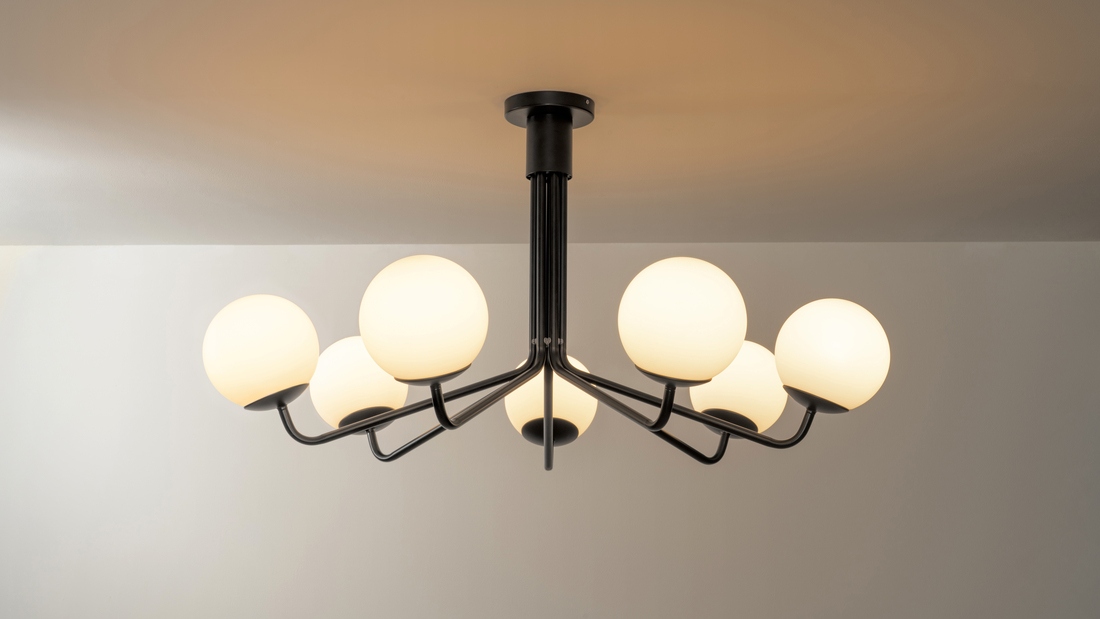Selecting the right pendant lamp can add a special touch to your room's decor. Pendant lamps not only serve as a source of illumination but also enhance the room's appearance and create an atmosphere that complements the room's theme.
In terms of design, pendant lamps come in various shapes and sizes to suit different needs. By choosing the right pendant lamp, you can add an elegant or modern feel to your living room, dining room, or even bedroom.
Let’s explore some tips for choosing pendant lamps that can enhance both the functionality and aesthetics of your room!
Understanding the Types of pendant lamps
Pendant lamps are available in various models that can be tailored to your needs. For example, chandeliers are classic pendant lamps often used to add a luxurious feel to living or dining rooms.
Lantern-type lights offer a more relaxed and rustic look. Their traditional lantern-like design makes them ideal for rooms with a vintage or industrial theme.
For long spaces, such as dining tables or kitchens, linear models are ideal. Linear pendant lamps consist of several lights in a row, providing efficient focused lighting.
Multi-light pendants offer flexible options, allowing you to adjust the height of each light to suit your needs. This model is perfect for modern spaces with a minimalist concept.
Choosing the right pendant lamp model is essential for creating an optimal atmosphere and function within the room. Match the light with the style and needs of the room to achieve a more harmonious decor.
Matching pendant lamps with Room Size
Selecting the right pendant lamp for a minimalist living room or other spaces requires special attention to size and proportion. Here are some tips for choosing the appropriate pendant lamp:
- Pendant lamp and Room Size: When selecting a pendant lamp, ensure that its size matches the dimensions of the room. A light that is too large can make the space feel cramped, while a light that is too small might not provide adequate illumination.
- Proportion and Scale: It's crucial to consider the scale and proportion in lighting design. For example, in a minimalist living room, choose a pendant lamp with a simple design and balanced size so that it doesn’t overpower other decorative elements.
- Installation Height: Adjust the installation height of the pendant lamp according to the ceiling height. For rooms with low ceilings, choose a minimalist pendant lamp that isn’t too long to maintain a proportional and comfortable look.
- Space and Function: For example, in a dining room, opt for a crystal chandelier that offers a luxurious and warm ambiance, while in a living room, select a light that can create a relaxed yet elegant atmosphere.
Also Read: Home visit: family fun in a relaxed, natural home
Choosing pendant lamps Based on Function and Use
Understanding the function and use of a pendant lamp is the first step in selecting the right lighting. Generally, there are three main types of lighting: ambient, task, and accent.
Ambient Lighting
Ambient lighting serves as the main source of light, illuminating the entire room. pendant lamps chosen for this purpose should have a design that can evenly distribute light, such as minimalist pendant lamps suitable for a minimalist living room.
Task Lighting
Task lighting focuses on specific areas to assist in specific activities, such as pendant lamps above a dining table or kitchen. Choose lights that provide bright enough light but are still comfortable on the eyes, like functional crystal pendant lamps.
Accent Lighting
Accent lighting is used to highlight specific decorative elements in the room, such as artwork or architecture. Purchasing pendant lamps designed specifically for accent lighting, with unique and attractive designs, can create a focal point in the living room or entryway.
Selecting the Right Material and Color for pendant lamps


